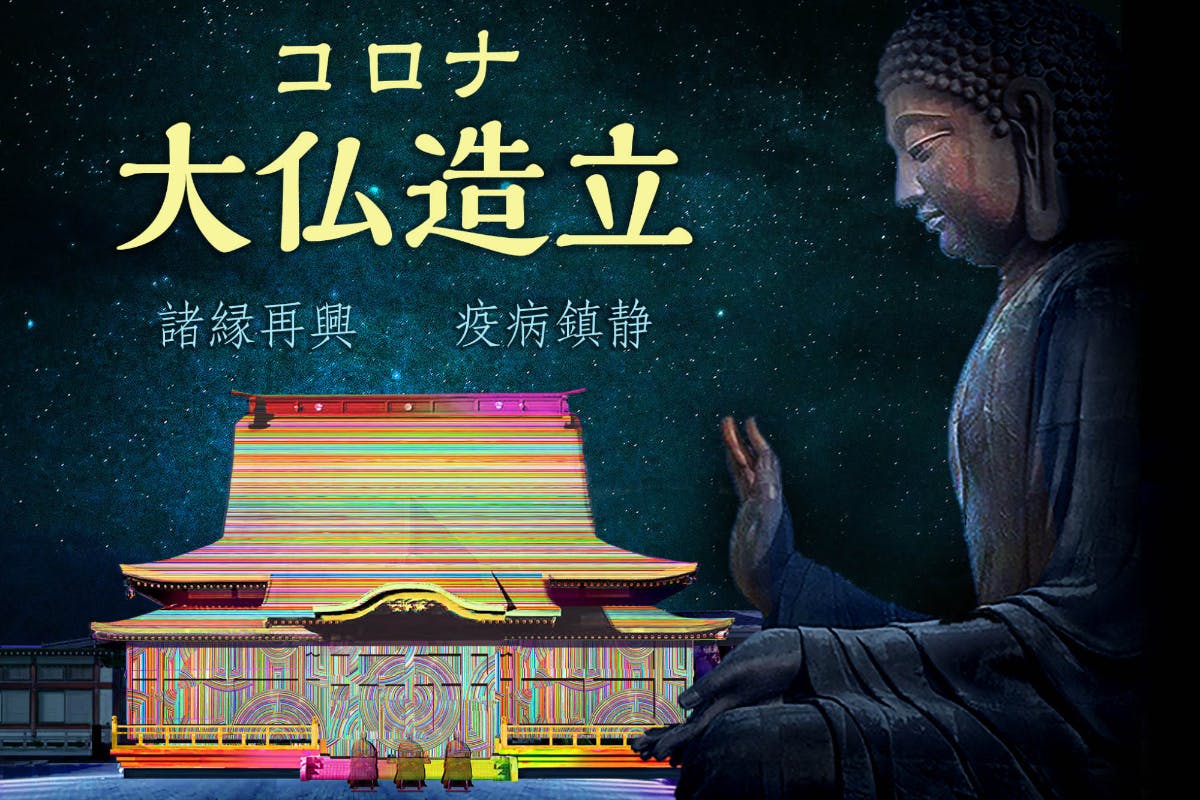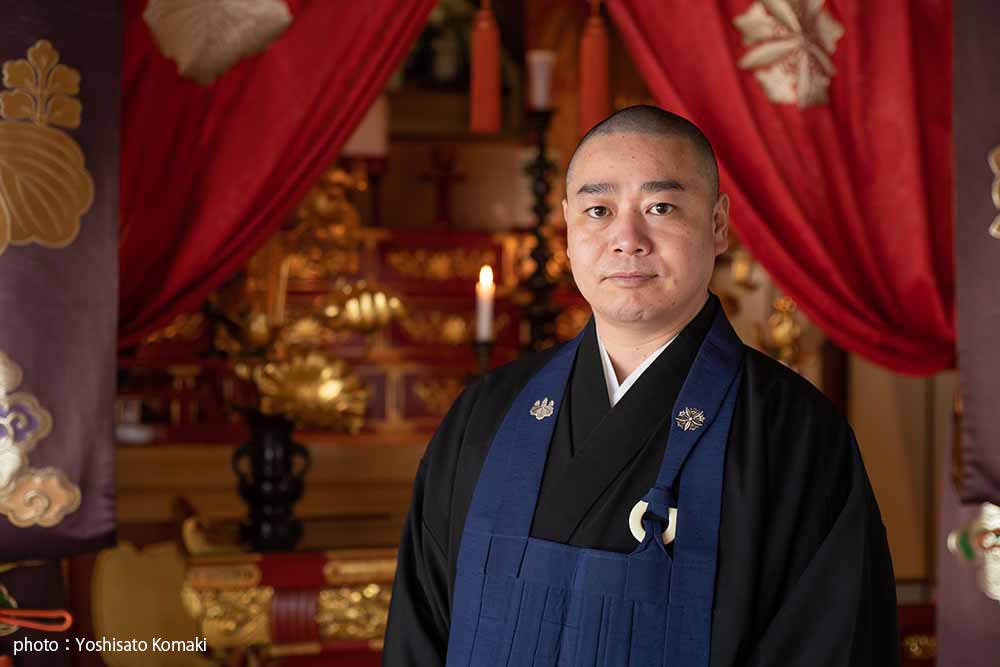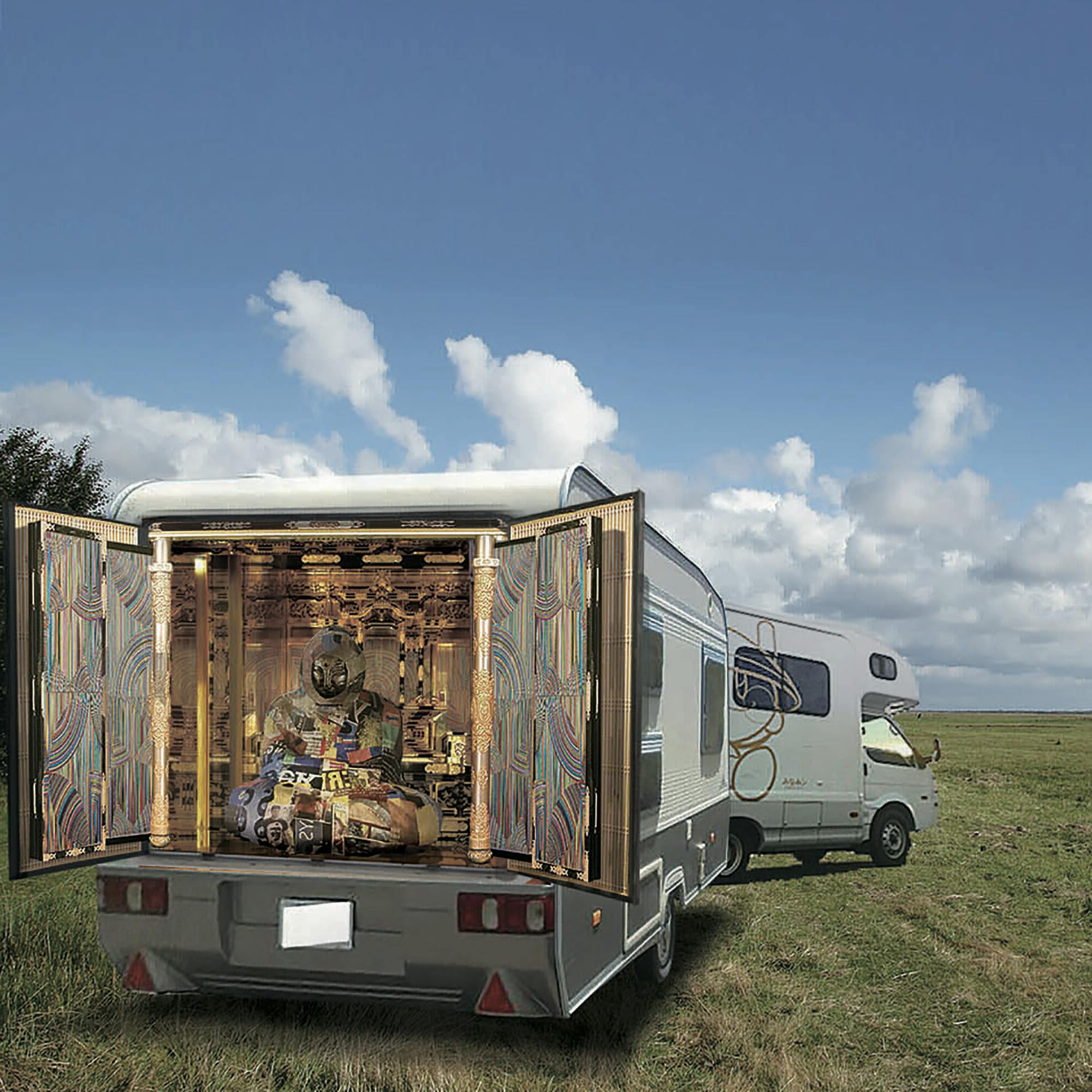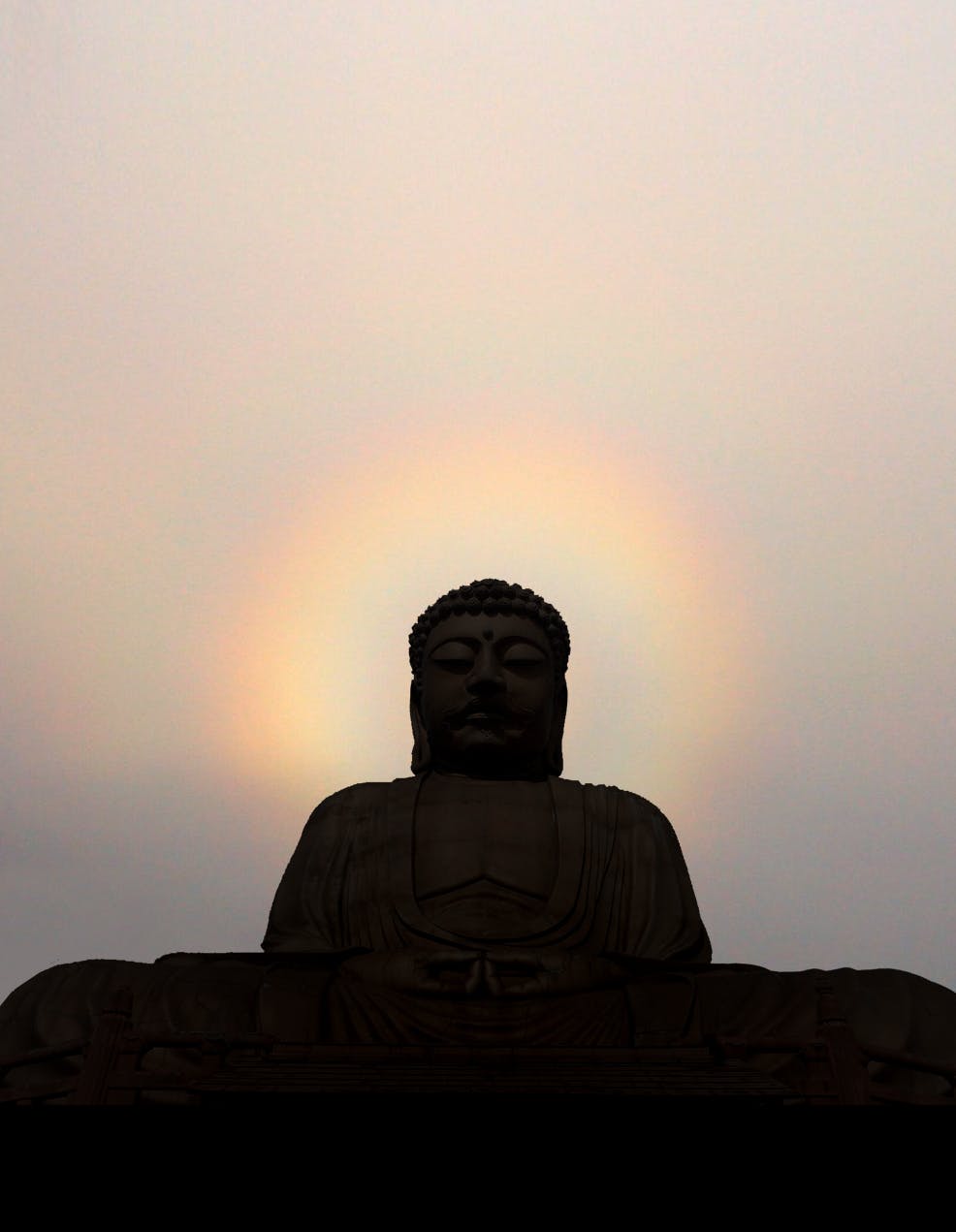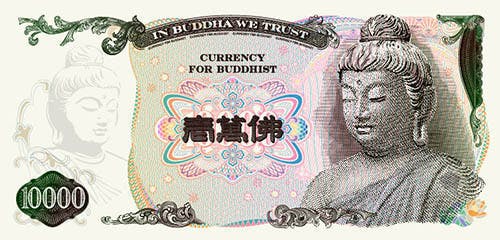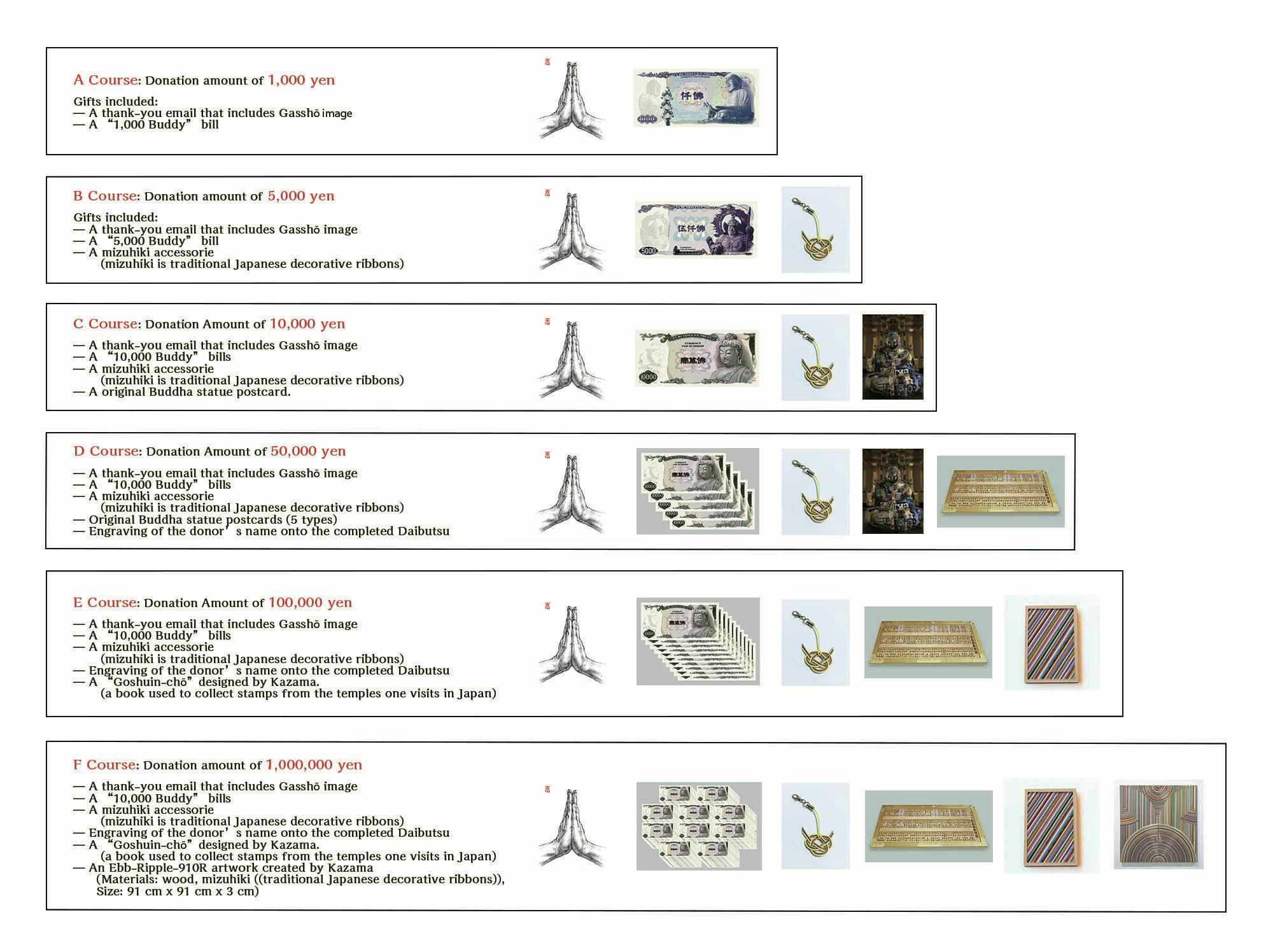
「大仏造立プロジェクト」を海外にも広げるため、プロジェクト概要の英訳版を用意しました。もし海外のお知り合いがいらっしゃいましたら、こちらのページをシェアいただけたら幸いです。
翻訳は、「日本の宗教とアート」を研究テーマの一つとしている評論家のJeremy Woolsey(ジェレミー・ウールズィー)にお願いしました。昨年、『美術手帖』創刊70周年を記念して行われた「第16回芸術評論募集」で次席に選出されたのち、現在は一旦アメリカに戻り、ハーバード大学にて研究を続けています。
「『美術手帖」創刊70周年 第16回芸術評論募集」
https://bijutsutecho.com/magazine/insight/19726
Jeremy WoolseyのWEBサイト
 Jeremy Woolsey
Jeremy Woolsey
以下、本文になります。
“Counter-Coronavirus Daibutsu” Creation Project
As a prayer to revive social bonds and stop COVID-19, I want to create a “Counter-Coronavirus Daibutsu (a large statue of the Buddha)” and face the future with a positive attitude.
______________________________
Statement
Currently, people all over the world are stricken with fear over a virus they cannot see as well as an economic crisis with no clear end in sight. What is most scary, however, isn’t the virus itself, but the fact that people are being crushed by stress and evading and attacking even their friends and family. In such a stagnant and unstable environment, I wondered if there wasn’t some inclusive, “positive action” I could take, one that would allow people to pacify their fear and anger, and pray for the peaceful resolution of the virus. I decided to make a Daibutsu (a large statue of the Buddha) to help people face the future and as an object for prayer.
In ancient Japan, massive statues of the Buddha were built as a form of prayer whenever large plagues, famines, or natural disasters occurred. During these times, a monk called a Kanjin-hijiri would go on a pilgrimage to solicit funding. Monks beginning with Gyōki and Kūkai contributed to not just the construction (and re-construction) of statues of the Buddha, but to public works of all kinds. I can only imagine what people’s minds were like in times of such disasters, but I think it was a similar division to what we are experiencing now. In such times, people pool their energy and cooperate in creating a Daibutsu, advancing together. I believe that the role of Buddhism in Japan is to concentrate people’s energy and convert it like a kind of prism.
Summary, Schedule
I will execute three projects in stages with the goal of creating the Daibutsu.
First stage: Notifications and Fundraising (From the end of May to the end of June: First round of crowdfunding).
In the crowdfunding stage, I will notify people about the Daibutsu creation project, and fundraise in order to be able to implement the second, “Buddha Statue Prayer Caravan”, stage.
Second Stage: (From the end of August to the beginning of September: Buddha statue prayer caravan pilgrimage all over Japan, second round of crowdfunding)
I will visit temples all over Japan in a car pulling a Buddha statue. I will have people and businesses that have suffered from the coronavirus affix debris (such as flyers for events that have been canceled) and thus purify them and this disaster. Then I will perform a Buddhist memorial service for those whose have lost their lives due to the coronavirus. All the while, I will continue to fundraise and seek sponsors for the third phase—“Daibutsu creation”—of the project.
Third Stage (October to the end of December: Building of the Daibutsu)
As a symbol of overcoming the coronavirus crisis, I will create a Daibutsu to carry our experiences into the future. I aim to complete it by the end of December and hold a ceremony to consecrate it while pacifying this year’s disasters before the close of the year. My plan is to enshrine the temple solicitation Buddha statue from stage two inside of the completed Daibutsu.
About the Executer of the Project: German Suplex Airlines
“German Suplex Airlines” is an artist group that Kazama Tengshing—a Sōtō Zen priest and artist—is part of. In it, six artists gather and think about how to spread their expressions in society; the base of the group’s activities is in continuing to execute projects with the cooperation of specialists in a variety of fields. Our specialty is using art’s unique “thought” and “techniques” to create unprecedented “conceptual shifts.” And, with the capital that’s accrued inside of our expressions spreading through society, we have the physical aim of creating an “airline company.”
Donations and Thank-You Gifts
Please choose a donation course from the following options and contact Kazama Tengshing, the project leader. In addition, please provide him with the necessary information for processing payment (payments will be made with a credit card). Due to the impact of the coronavirus, please understand that packages shipped overseas will be quite late in delivery.
tengshing.k@gmail.com
A Course: Donation amount of 1,000 yen
Gifts included:
- — A thank-you email that includes Kazama Tengshing’s Gasshō (hands pressed together in thanks) image
— A “1,000 Buddy” bill
B Course: Donation amount of 5,000 yen
Gifts included:
- — A thank-you email that includes Kazama Tengshing’s Gasshō (hands pressed together in thanks) image
— A “5,000 Buddy” bill
— A mizuhiki accessorie (mizuhiki is traditional Japanese decorative ribbons)
C Course: Donation Amount of 10,000 yen
- — A thank-you email that includes Kazama Tengshing’s Gasshō (hands pressed together in thanks) image
— A “10,000 Buddy” bill
— A mizuhiki accessorie (mizuhiki is traditional Japanese decorative ribbons)
— A original Buddha statue postcard
D Course: Donation Amount of 50,000 yen
- — A thank-you email that includes Kazama Tengshing’s Gasshō (hands pressed together in thanks) image
- — 5 “10,000 Buddy” bills
— A mizuhiki accessorie (mizuhiki is traditional Japanese decorative ribbons)
— Original Buddha statue postcards (5 types)
— Engraving of the donor’s name onto the completed Daibutsu
E Course: Donation Amount of 100,000 yen
- — A thank-you email that includes Kazama Tengshing’s Gasshō (hands pressed together in thanks) image
- — 10 “10,000 Buddy” bills
— A mizuhiki accessorie (mizuhiki is traditional Japanese decorative ribbons)
— Engraving of the donor’s name onto the completed Daibutsu
— A “Goshuin-chō” (a book used to collect stamps from the temples one visits in Japan) designed by Kazama.
F Course: Donation amount of 1,000,000 yen
—A thank-you email that includes Kazama Tengshing’s Gasshō (hands pressed together in thanks) image
— 100 “10,000 Buddy” bills
— A mizuhiki accessorie (mizuhiki is traditional Japanese decorative ribbons)
—A “Goshuin-chō” (a book used to collect stamps from the temples one visits in Japan) designed by Kazama
— Engraving of the donor’s name onto the completed Daibutsu
— An Ebb-Ripple-910R artwork created by Kazama (Materials: wood, mizuhiki ((traditional Japanese decorative ribbons)), Size: 91 cm x 91 cm x 3 cm)
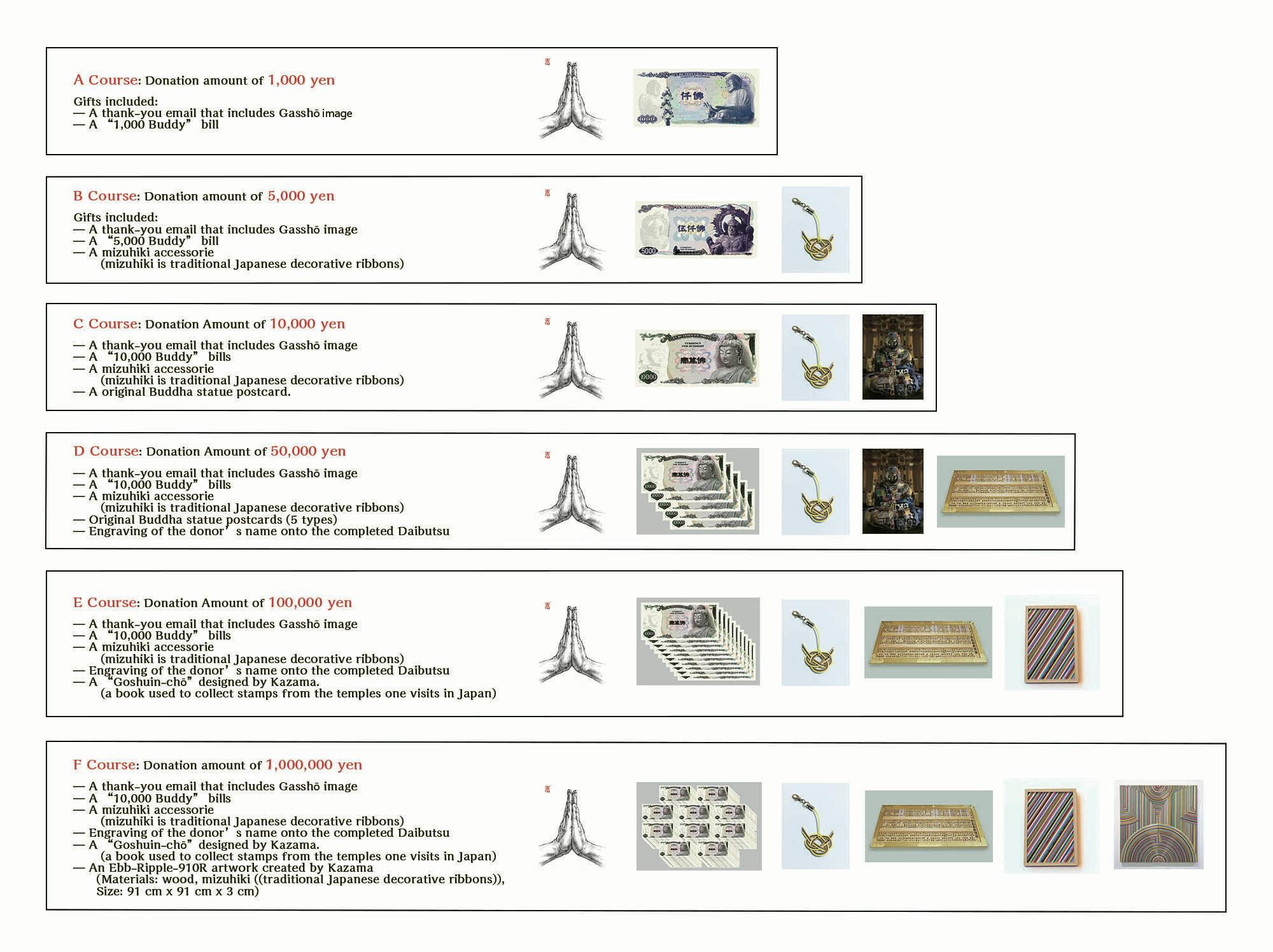 Thank-You Gifts(リターン品の英訳説明)
Thank-You Gifts(リターン品の英訳説明)
